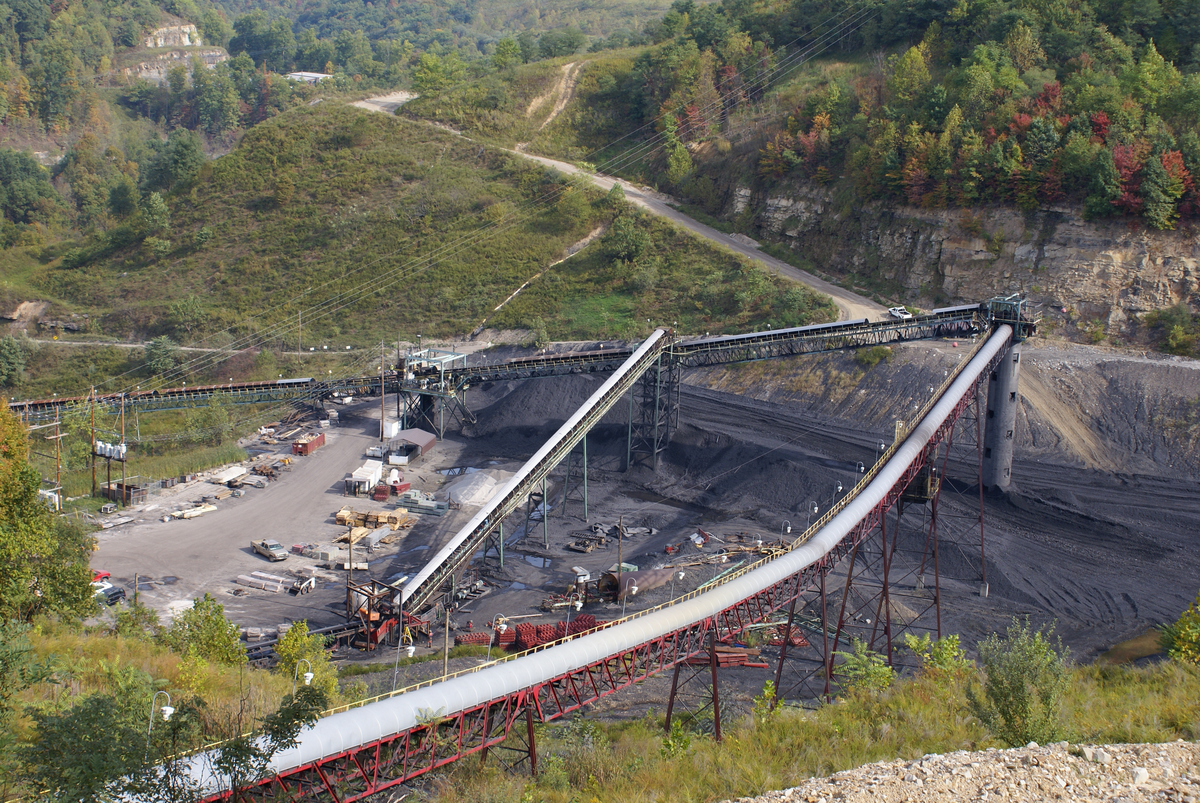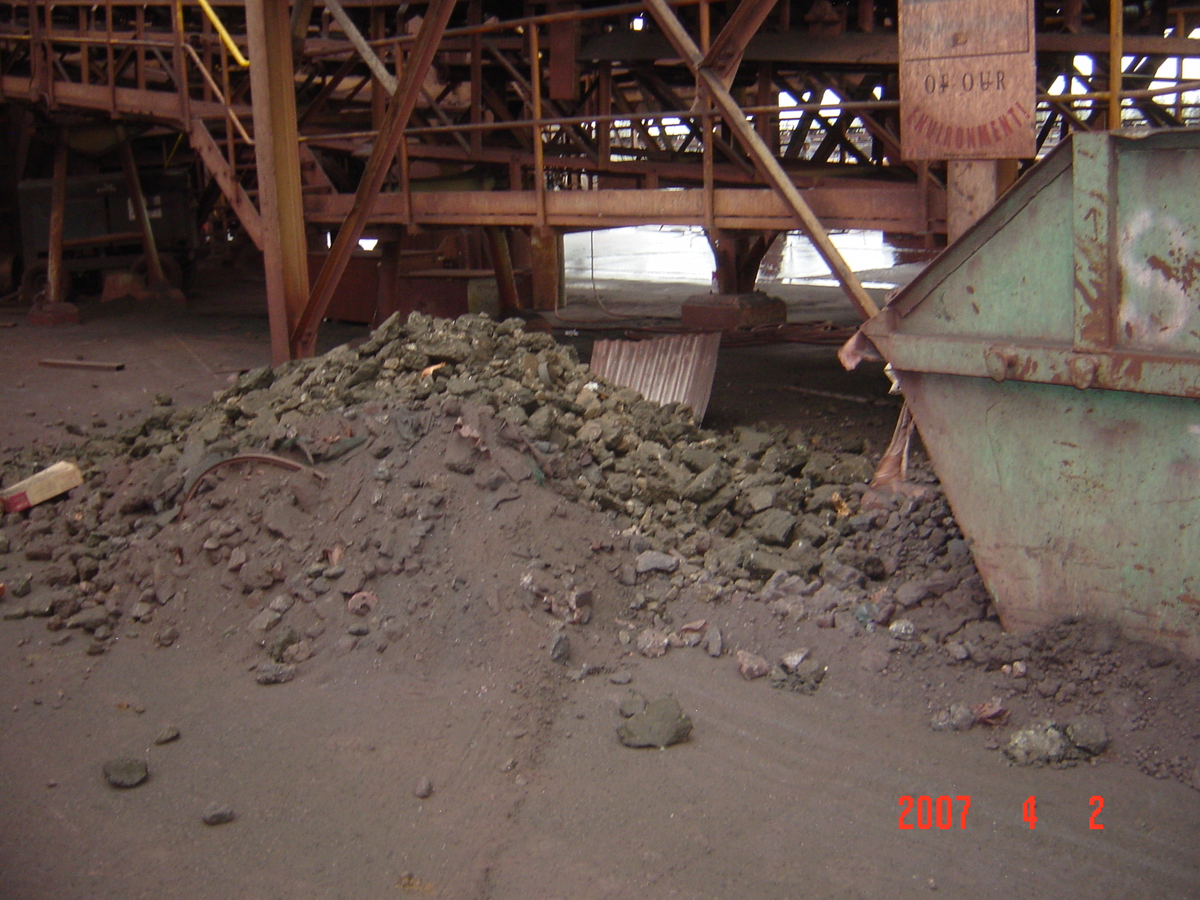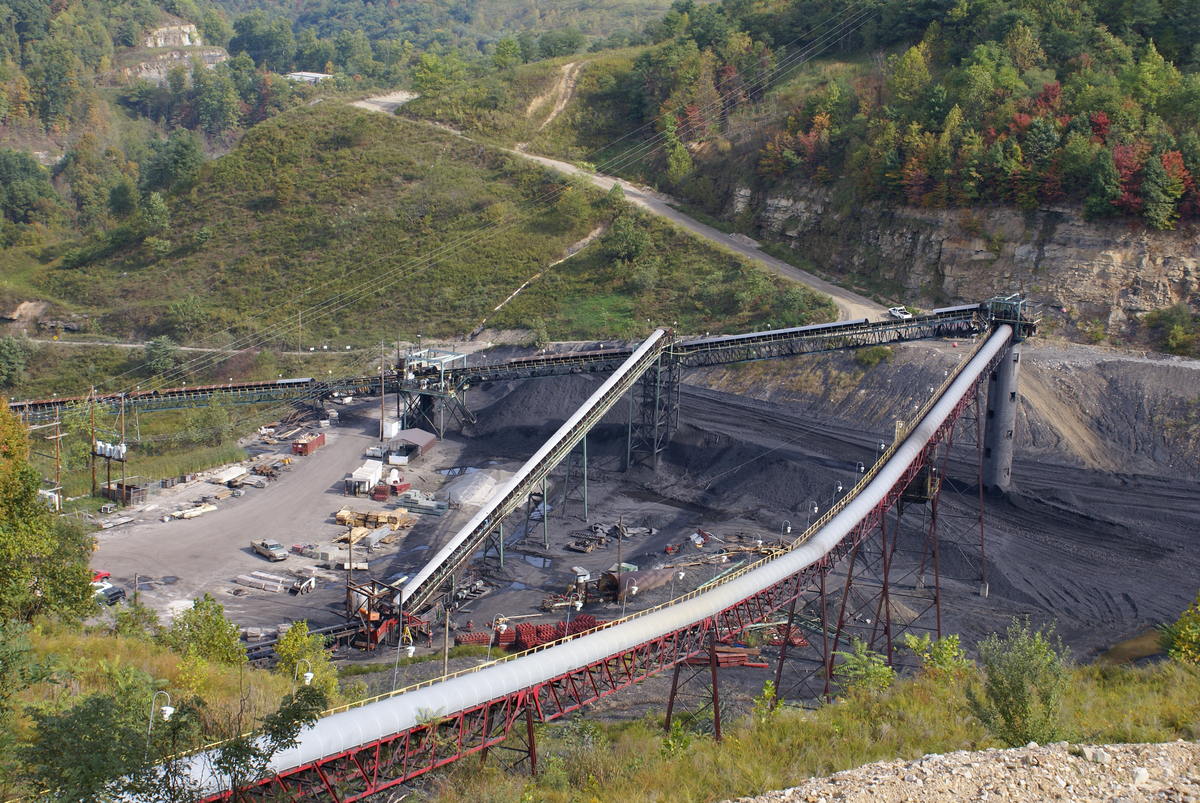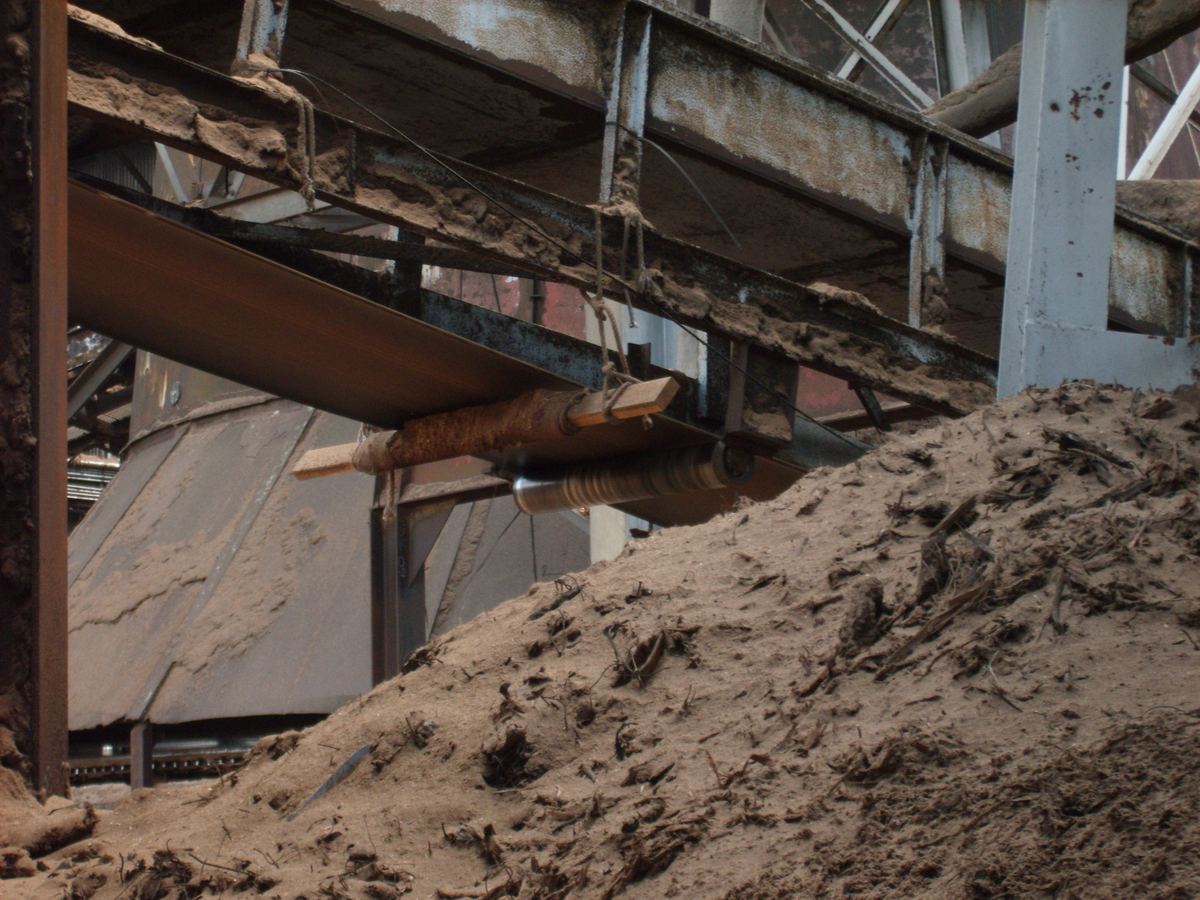By Dan Marshall on Oct 21, 2022 10:02:26 AM
I thought it was time for me to share another edition of Good, Bad, & Ugly. As we know, there are plenty of all three to see while out and about in the bulk materials handling industry. I am happy to say that my photo catalog consists of mostly good shots as the bad and ugly just don't have to be and are usually easily remedied.
The Good

I LOVE visiting bulk handling operations in Virginia. So many facilities elsewhere can be seen from miles away because so much flora has been chopped down for construction or has died because the industry can be hard on nature. It's like they are begging for attention. In Virginia, it seems to be the opposite. Facilities are not visible from a distance because they are built around the terrain. The plants have grown right up to the edge of the facility. The operation owners do not feel the need to be at war with nature. This results in facilities that you do not see until you are right on top of them. A hidden treasure if you will.
The Bad
Belt cleaning has always been a tricky balance. Operations must weigh the option of purchasing an engineered, manufactured, and costly belt cleaner or going with an ingenious, homemade, and inexpensive belt cleaner. While the second choice may look better “on paper,” the bottom line does not reflect the frustration, needed cleanup, perception, and effectiveness of these “homebrew” solutions. In this kind of work, there are much more effective ways to  . The old adage of “you get what you pay for” is very apparent once you go down the wrong path.
. The old adage of “you get what you pay for” is very apparent once you go down the wrong path.
The Ugly

In the course of my career, I've realized something about myself…I used to think safety hazards were “bad,” but now I think they are just plain “ugly.” Maybe it's the advancement of age that has made me more aware of mortality, maybe it's all of the MSHA  I have read, or maybe it's just the experience of knowing how much things hurt. Maybe it's a combination of all three, but the result is a personal sensitivity to safety in our industry. I know there are two main causes of fatalities in our industry:
I have read, or maybe it's just the experience of knowing how much things hurt. Maybe it's a combination of all three, but the result is a personal sensitivity to safety in our industry. I know there are two main causes of fatalities in our industry:
- Parts of a conveyor can kill us
- Things we do around conveyors can get us killed
 I have written extensively about these topics in the
I have written extensively about these topics in the  . I can offer suggestions on things to avoid, and I will certainly warn of conveyor danger zones but I can't enforce them. Based on fatality numbers, I can say, with confidence, that one should be extra cautious around the following areas:
. I can offer suggestions on things to avoid, and I will certainly warn of conveyor danger zones but I can't enforce them. Based on fatality numbers, I can say, with confidence, that one should be extra cautious around the following areas:
- pinch points (61%)
- trips over accumulated material (15%)
- heights (9%)
- enclosed spaces (7%)
- material engulfment (5%)
- defective structures (5%)
- stored energy (2%)
-
falling material (2%)
This list is not all-inclusive (download the book for that), but it shows some of the statistical danger zones of conveyors. I am not saying avoid these areas altogether as I know sometimes that can't be done. But, please proceed with the knowledge, caution, and respect that these have killed before and could kill again. Just be safe out there. Alright, I will get off my soapbox.



comments